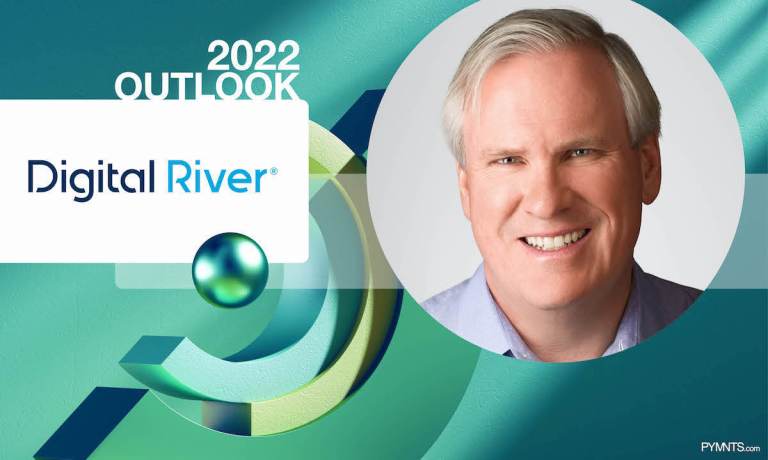Back-Office Tech Investments Will Boost Brands

Modern flexible interfaces let brands develop back-office solutions with unprecedented speed and ease, writes Digital River CEO Adam Coyle in the PYMNTS eBook, “Endemic Economics: 32 Payments Execs on the ‘Next Normal’ That Never Happened.” By leaning into the services and expertise the right partners offer, they can offload the regulatory complexity and localization that expansion requires.
A viable digital strategy became a must-have for companies looking to succeed in 2021. As we look ahead at innovation for 2022, companies are leveraging their partnerships and their back-office technology investments to ensure they have the right integrations in place to expand with expertise into worldwide markets.
Plug-and-play models gained favor over the past two years for companies looking for a quick and easy on-ramp to selling online, but as a company matures, composable commerce that considers a brand’s own expertise at the customer experience layer, combined with experienced partners who can handle the complexities of both local and cross-border transactions will win the day. With today’s flexible APIs, brands can still have both ease and speed of implementation along with the freedom to design a solution that best suits their needs and allows for scalability as they grow. By leaning into the services and expertise the right partners can bring you, brands can offload regulatory complexity and the need for localization that would otherwise consume major resources.
A common example can be found in the apparel industry. Brands are finding customers all over the world via online channels, but trying to navigate tax rules and data privacy compliance for hundreds of jurisdictions is daunting for even the largest brands. A constantly changing regulatory landscape means companies risk reputational and financial damage if they get it wrong. By investing in the right back-office tech solution, that brand can grow with confidence, and still focus its talent on the product and their customers, not the paperwork and logistics.
The B2B space is primed for a reset in 2022 and many companies are already executing on that as customers demand experiences that match the ease they find from their consumer experiences. Companies are realizing the value of the customer data they can get from an eCommerce channel, not to mention the customer journey they can create using that data. We are seeing people in industrial equipment, high level software and commodity components looking at how they can grow their business with a new, online channel.
That channel could manifest itself in a traditional commerce sense. For others it might be a sale-rep assisted transaction portal. Brands can build stores that become a vehicle for B2B enterprise sellers or create a store where internal salespeople can complete a transaction with a customer. It’s a big change in the market and one that will see continued investment in 2022 and beyond.
Innovation in commerce is never ending. Shopper preferences will guide the rise and fall of certain payments, as well as how shoppers choose to access their money. The greatest return on investment will come from the platforms brands build, and the ecosystem of expertise those platforms will bring to brands. Innovation in technology as well as in mindset has made that process more efficient and more seamless than we’ve ever seen it before.